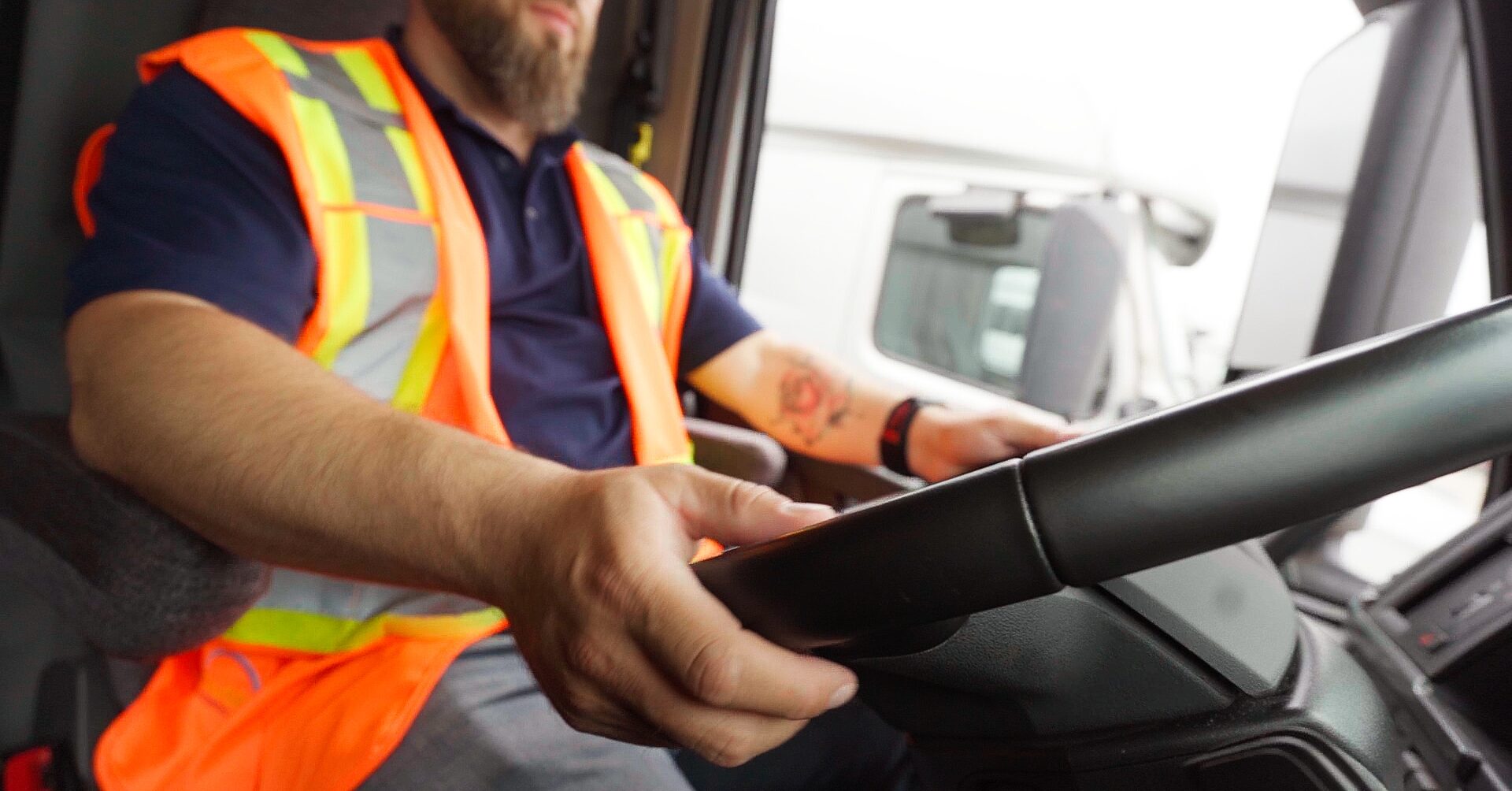In the ever-evolving world of commercial driving, being a multilane driver offers numerous advantages that can significantly boost a driver’s career and earning potential. Let’s explore why training across multiple lanes and equipment types can make for a more marketable and versatile professional in the trucking industry.

-
INCREASED EARNING POTENTIAL
 One of the primary benefits of being a multilane driver is the financial advantage it offers. As Younes, an experienced multilane driver at Musket Transport, points out, “It’s financially beneficial; always making more money.” By diversifying skills across different lanes and equipment types, drivers can capitalize on various opportunities within the industry, potentially increasing their earnings.
One of the primary benefits of being a multilane driver is the financial advantage it offers. As Younes, an experienced multilane driver at Musket Transport, points out, “It’s financially beneficial; always making more money.” By diversifying skills across different lanes and equipment types, drivers can capitalize on various opportunities within the industry, potentially increasing their earnings.
 John Adeyemo, Driver HR Coordinator at Musket Transport, reinforces this point, stating that multilane drivers “will see a higher percentage of earnings; due to the fact that they can switch to a different lane when there is an uptick in demand.” This flexibility allows drivers to take advantage of market fluctuations and maintain a steady income stream.
John Adeyemo, Driver HR Coordinator at Musket Transport, reinforces this point, stating that multilane drivers “will see a higher percentage of earnings; due to the fact that they can switch to a different lane when there is an uptick in demand.” This flexibility allows drivers to take advantage of market fluctuations and maintain a steady income stream.
-
ADAPTABILITY TO MARKET CHANGES
The trucking industry is subject to fluctuations due to changing markets and economic conditions. A multilane driver with a “flexible mindset is key due to the industry’s vulnerability to external factors,” as noted by Younes. This adaptability allows drivers to switch between divisions when there are natural peaks and lows in the industry, ensuring more consistent work and income.
 Anthony Dyal, Fleet Manager at Musket Transport, emphasizes this point: “They would be able to move any type of equipment and be able to respond to Fleet/Yard emergencies. They would also be able to work in any of our Divisions, allowing them more moves per month.” This versatility not only benefits the driver but also makes them an invaluable asset to the employer.
Anthony Dyal, Fleet Manager at Musket Transport, emphasizes this point: “They would be able to move any type of equipment and be able to respond to Fleet/Yard emergencies. They would also be able to work in any of our Divisions, allowing them more moves per month.” This versatility not only benefits the driver but also makes them an invaluable asset to the employer.
-
ENHANCED EMPLOYABILITY
Employers value drivers with diverse skills and experiences. John Adeyemo describes multilane drivers as “An invaluable asset to the fleet” and states that they contribute to “A more well-rounded driver pool, more flexibility in what we can offer businesses.” This versatility makes multilane drivers a more attractive candidate to potential employers and can lead to better job security.
 Daryn Rabb, Health & Safety Manager at Musket Transport, adds, “The more multi role training and experience a driver has, the more desirable he is as an employee. Having knowledge to handle any challenge that might come at a company increases the flexibility of the company and thereby the company’s image and reliability for the customers. Reputation and performance is 60% of the battle to keep customers happy.”
Daryn Rabb, Health & Safety Manager at Musket Transport, adds, “The more multi role training and experience a driver has, the more desirable he is as an employee. Having knowledge to handle any challenge that might come at a company increases the flexibility of the company and thereby the company’s image and reliability for the customers. Reputation and performance is 60% of the battle to keep customers happy.”
-
CONTINUOUS LEARNING AND SKILL DEVELOPMENT
To become a successful multilane driver, Younes states it’s crucial to “Educate yourself on the market so you can adapt as a driver in real-time; operations will see you as an asset or an ‘ace driver.’ If you can anticipate which lane/division will be busy and offer up your services ahead of time, you will create a better relationship and receive the dispatches first.” This continuous learning process not only enhances skills but also keeps drivers engaged and up-to-date with industry trends.
John Adeyemo emphasizes this point: “It is less about having programs and certificates and more about having a willingness to learn more about the industry and all the lanes available. The more a driver dedicates themselves to learn, the more skills they can develop to become well-adjusted multilane drivers.”

-
IMPROVED SAFETY AWARENESS
Training across multiple lanes and equipment types can enhance your overall safety awareness. Daryn Rabb explains, “Multilane drivers from a safety standpoint don’t have any special requirements or differences when working for one division or another. Safety is the same for all operations. The only difference is what you need to apply to maintain that safety standard with different equipment.”
He further adds, “The challenge can arise from a driver who does not switch very often and the skills for the other division grow rusty. If you are consistently driving a 46-foot chassis for months and months and then take out a 53-foot trailer you may not corner correctly if you are not paying attention.” This highlights the importance of regularly practicing and maintaining skills across different equipment types.

-
BETTER RELATIONSHIPS WITH EMPLOYERS AND DISPATCHERS
Multilane drivers are often easier for employers and dispatchers to match with loads, “creating a more harmonious relationship.” This flexibility can lead to better working relationships and potentially more favorable assignments.
Josh Potts, Driver Manager at Musket Transport, advises, “It’s best to just approach every situation as kind and courteous as you can be. And just remember, everybody is trying to work towards the same goal.” This positive attitude, combined with the versatility as a multilane driver, can significantly improve a driver’s professional relationships.
Becoming a multilane driver is about more than just expanding a skill set. It’s about positioning yourself as a versatile, adaptable, and valuable asset in the commercial driving industry. By embracing this approach, drivers can maximize their earning potential, enhance their job security, and create a more rewarding career path in the ever-changing world of trucking.
As John Adeyemo succinctly puts it, “By developing more multilane drivers, we can significantly increase productivity in the industry.” So, take the leap, invest in those skills, and become the multilane driver that the industry needs. Your career—and your wallet—will thank you for it.
